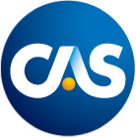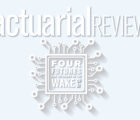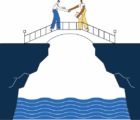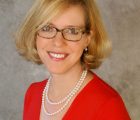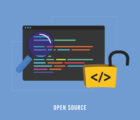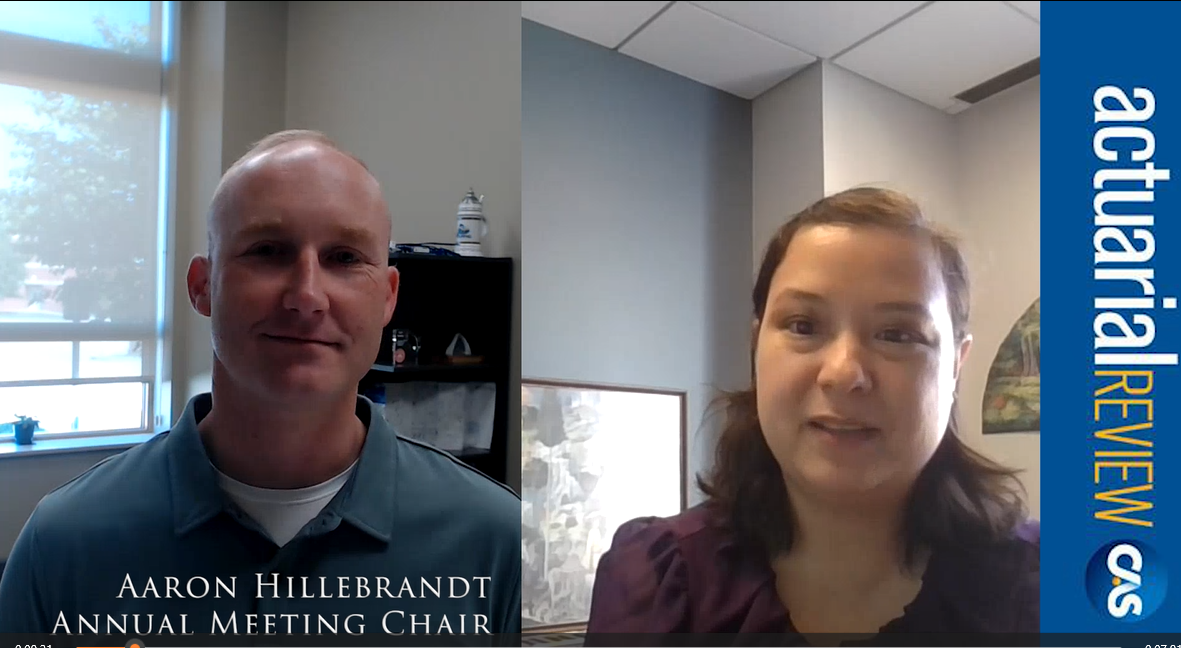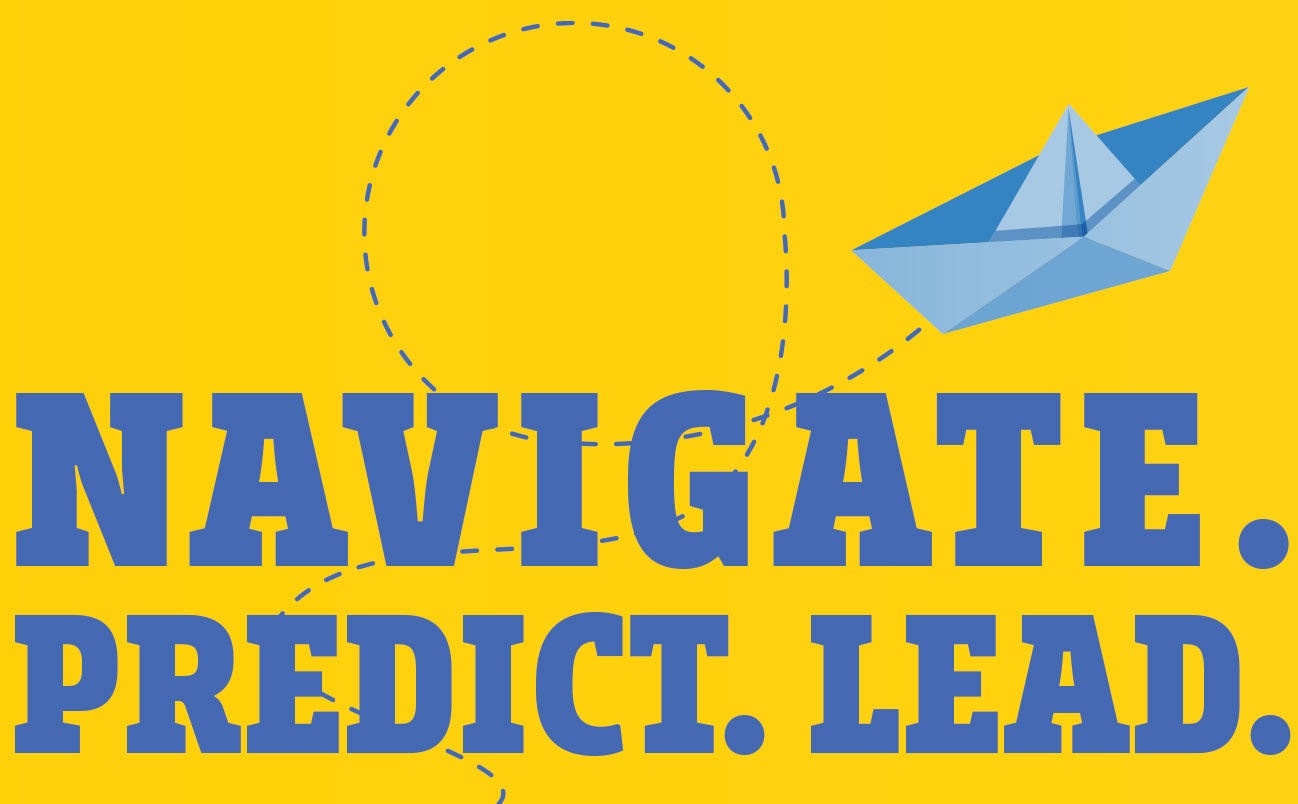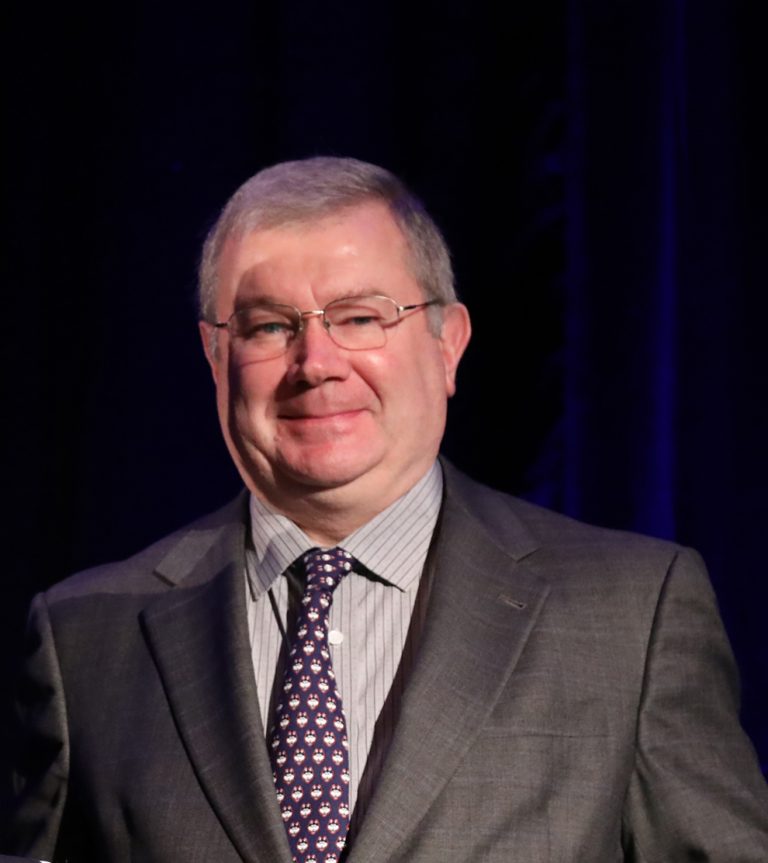

In 2016, the University of Connecticut (UConn), University of California at Santa Barbara, University of Illinois at Urbana Champaign and Illinois State University were awarded the inaugural CAS University Award. This award recognizes the exemplary work of universities and their actuarial programs in preparing students for careers in the property-casualty insurance industry.
We at UConn are honored to be recognized among this select group of exceptional actuarial programs. We have been fortunate to partner with the Casualty Actuarial Society, our local and national industry partners and individual actuaries to educate and assist students on P&C actuarial science topics. In this article, I’d like to tell you a little bit about how we use these partnerships to enhance our program. My hope is that it will inspire some of you to form similar strong partnerships with a university program close to you.
In 2009, UConn was one of 13 actuarial programs that the Society of Actuaries recognized as Centers of Actuarial Excellence. We were, of course, honored to be among the first universities so recognized. At the same time, our own self-reflection led us to the conclusion that, like many university actuarial programs, our program more heavily emphasized the life side of the actuarial profession. We believed we should give equal weight to the P&C side of the business, so that our students have the knowledge they need to choose the best possible career path for themselves. We carried that strong conviction for our curriculum to our research, industry connections and innovation.
We built on our already strong industry connections. Today our actuarial science career fair attracts 35-40 companies and consulting firms from all fields. As a first step, we formalized these industry connections by establishing an advisory board. It was an important goal to ensure that the advisory board included representation from a wide range of partners, including P&C insurance companies, life insurance companies, health insurers, and consulting firms. We also established a separate advisory board for our Goldenson Research Center, with a similar broad mix of advisors. These advisory boards help us design curriculums and research projects that reflect all areas of actuarial practice.
For the curriculum, we added courses that prepare our students for actuarial work teaching skill sets not on the exams but that students need to develop. These include programming for actuaries, actuarial case studies using SAS and a writing for actuarial science majors.
The Janet & Mark L. Goldenson Center for Actuarial Research has worked on several P&C research projects completed by graduate actuarial students at UConn in partnership with industry professionals, under the supervision of Jay Vadiveloo, director of the Goldenson Center. Several of our faculty members are committed to research advancing casualty actuarial science. For example, Professor Emiliano Valdez is a recipient of the 2010 Charles A. Hachemeister Prize for his paper “Actuarial Applications of a Hierarchical Insurance Claims Model.” Another of his papers, “Empirical Investigation of Insurance Claim Dependencies Using Mixture Models,” was funded by the Casualty Actuarial Society through the CKER/AERF Individual Grants. The full list of examples is too numerous to mention in this article.
When UConn hosted the 46th Actuarial Research Conference in 2011, one of our goals was to increase P&C industry participation in the event. To do so we introduced the custom (maintained ever since) of having the CAS president address the conference. We sought and secured principal sponsorship of the conference by a P&C company, Liberty Mutual, and we held an optional field trip (attended by two-thirds of conference participants) to the Liberty Mutual Research Center outside of Boston. We also featured Eric Brosius, FCAS, as a keynote speaker for the conference. Finally, we generated additional interest in conference attendance from several practicing P&C actuaries (apart from the usual academic attendees) by offering “day trip” participation options.
UConn also takes advantage of the many outreach programs initiated by the CAS. We actively encourage all of our students to join CAS Student Central, which provides valuable information and tips for all actuarial students. In addition, all of our faculty has enrolled in CAS Academic Central, and our University Liaison Brian Chiarella has been very helpful to us. Our faculty regularly attends casualty actuarial events, including the Casualty Actuaries of New England (CANE) meetings.
In fact, the CANE meetings have turned out to be a terrific source for casualty actuarial connections for both our students and faculty. Once a year, CANE invites us to bring five students and a few faculty members to the meeting. We typically choose students who are undecided between the life and the P&C fields to attend the CANE meetings, in order to give them excellent exposure to P&C actuarial work. CANE even held one of its meetings on our campus, and well over 100 of our students took advantage of that opportunity to attend a session or two of interest to them.
CAS Past President Pat Teufel was a keynote speaker at the first CANE meeting I attended with our students. Her comments so interested our students that they sought her out and invited her to speak on our campus, where she addressed a standing-room-only audience of more than 125 students. That engagement led to her becoming an adjunct professor at UConn and later an official advisor to more than 50 of our students. All of our students appreciate the access they have to an expert in the P&C actuarial field.
But you needn’t be a former CAS president to make such a connection. At another CANE meeting, William Borgen, FCAS, expressed interest in teaching at UConn. I told him it would be helpful if he would teach a P&C-specific course. Borgen developed and now teaches a course on P&C ratemaking, covering about half of the material on CAS Exam 5. This spring we will, for the first time, offer the other half of the material in a course on P&C reserving, which is being co-developed by Pat Teufel and another CAS Fellow, Matthew Jewczyn.
We believe that university actuarial programs should give equal weight to all of the challenging and promising actuarial career paths available to aspiring students. This is a daunting task, and a university with limited full-time actuarial faculty and resources is unlikely to be able to do so on its own. We can achieve this goal, however, by forming strong partnerships with both the CAS and SOA, with industry partners and with individual actuaries. Our efforts with our partners led to an even stronger actuarial science program with a better balance of life and casualty topics in both our education and research. They also directly led to a richer faculty and advisor mix.
I hope this article inspires some of you to get involved, or perhaps more involved, with university programs close to you. I can tell you from my own experience that the rewards that come with helping promising students learn about our career, attain success on the exams and see themselves succeed in their actuarial jobs are hard to match!
James Trimble is director of the University of Connecticut’s actuarial science program. The program serves 450 actuarial students and is taught by six full-time faculty in actuarial science and 12 adjunct professors.

